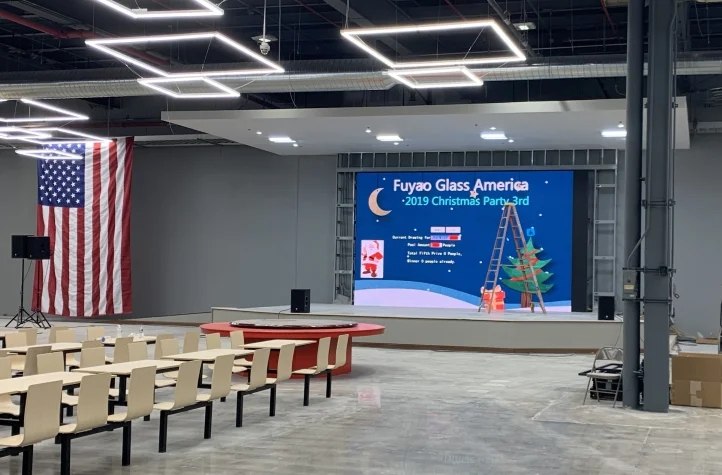Industry news
There are many types of LED displays, how can they be classified?
1、 Divided by color: single color led displays, dual color, three color (full color) LED display walls:
(1) Monochrome refers to a display screen with only one color of luminescent material, mostly single red.
(2) A dual color screen is generally composed of red and green LED diodes.
(3) A three color (full-color) screen composed of red, green (wavelength 570nm), and blue; And true color, composed of red, pure green (wavelength 525nm), and blue.

2、 Classified by environment: indoor, outdoor, and semi outdoor LED display screens:
(1) The semi open air curtain is located between indoor and outdoor areas, with high brightness and can be used outdoors in sunlight. The screen body is sealed, usually on the roof or window.
(2) The indoor screen area is generally very small (more than ten square meters), with a high point density. In direct sunlight or ambient lighting, the viewing distance is a few meters away. As it is indoor, it does not need to be outdoors, and the screen body may not have the function of sealing and waterproofing. The indoor display screen matrix module is mainly used because the display brightness requirements for indoor use are not high;
(3) Outdoor display screens have a small area of several tens of square meters, large areas of several hundred square meters, and even thousands of square meters. The point density is relatively sparse (mostly 1000-4000 points per square meter), and the luminous brightness ranges from 3000-6000 cd/square meter (with different orientations and brightness requirements). In direct sunlight conditions, the viewing distance is tens of meters. As it is outdoor, a waterproof box must be used, and the screen has good wind, rain, and lightning protection capabilities.